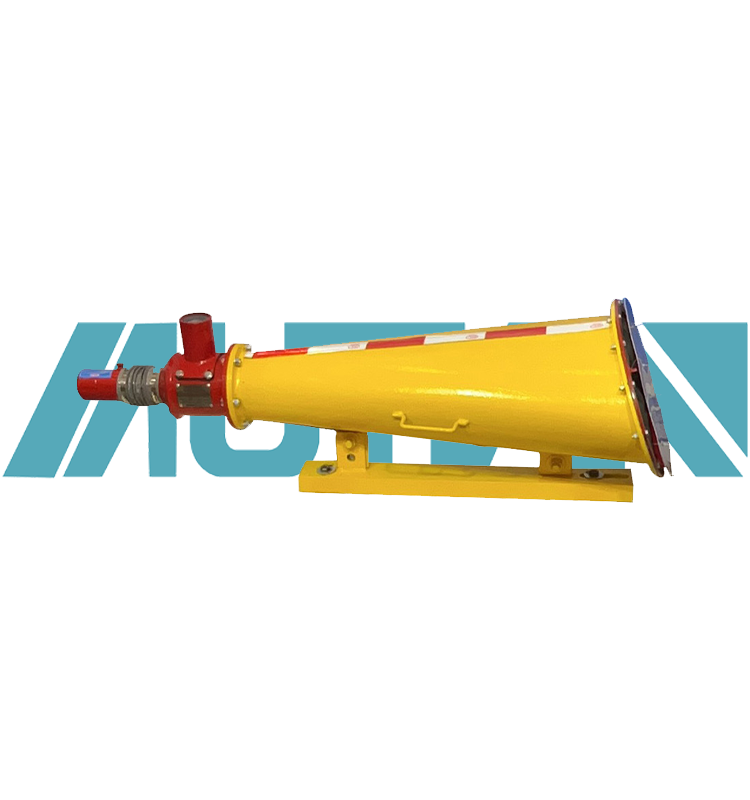 中文版
中文版



Welcome to contact us by phone:0086-0312-7969888
The materials used for constructing explosion-proof devices are selected for their ability to withstand and contain explosions within the device, preventing them from igniting the surrounding hazardous atmosphere. Common materials used for explosion-proof device construction include:
Stainless Steel: Stainless steel is widely used in the construction of explosion-proof enclosures due to its corrosion resistance and strength. It provides durability in harsh environments and can withstand high-pressure situations.
Aluminum: Aluminum is another popular choice for explosion-proof enclosures. It is lightweight, corrosion-resistant, and offers good conductivity, making it suitable for various applications.
Cast Iron: Cast iron is known for its strength and heat resistance, making it suitable for containing explosions. However, it is heavier than aluminum or stainless steel and may be less commonly used in certain applications.
Plastics and Polymers: Some explosion-proof devices utilize specialized plastics or polymers for their enclosures, particularly in applications where weight reduction or corrosion resistance is critical. These materials are carefully selected to ensure they meet the required safety standards and have adequate strength to contain explosions.
Glass: In certain applications, explosion-proof devices may incorporate glass components, such as windows or sight glasses. Specialized tempered or laminated glass can provide visibility while also offering protection against explosions.
Specialized Coatings and Treatments: In addition to the base materials used for construction, explosion-proof devices may incorporate specialized coatings or treatments to enhance their resistance to corrosion, abrasion, and other environmental factors.
X